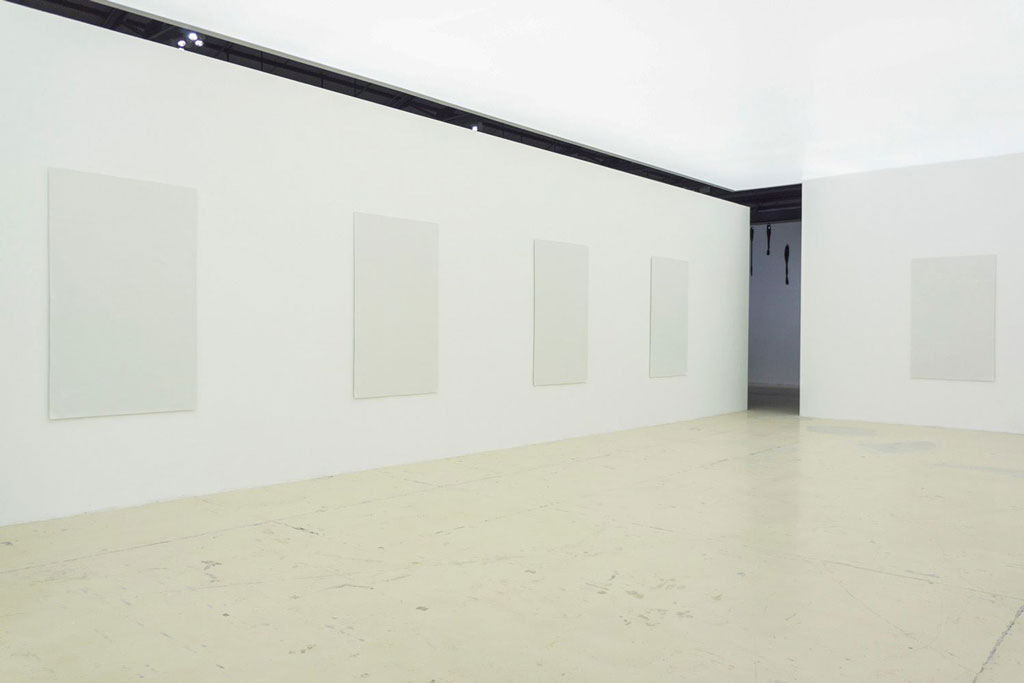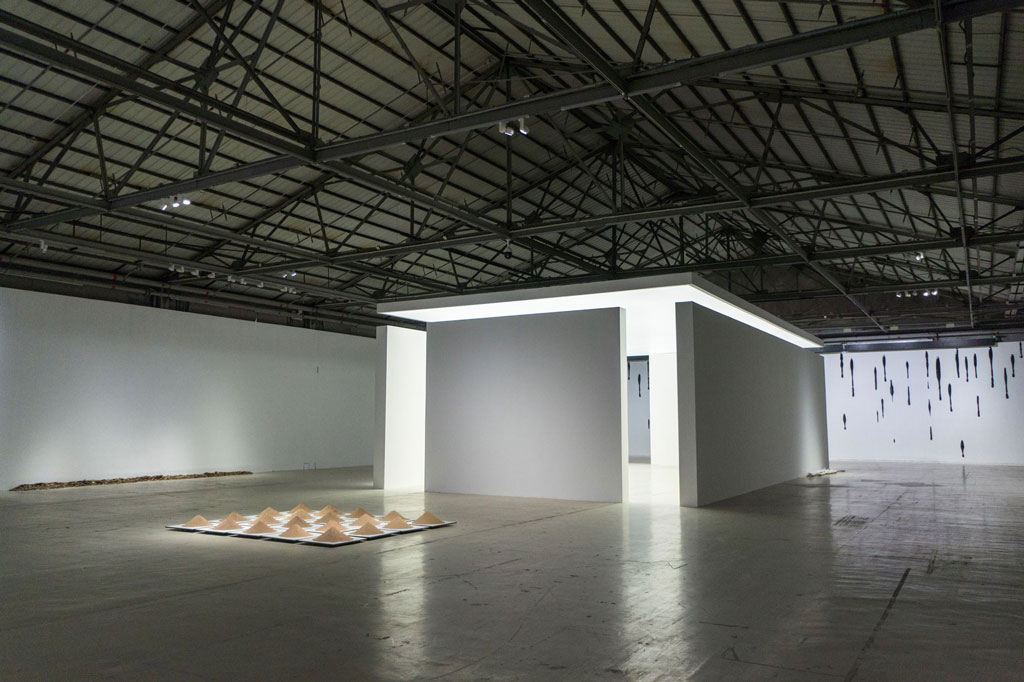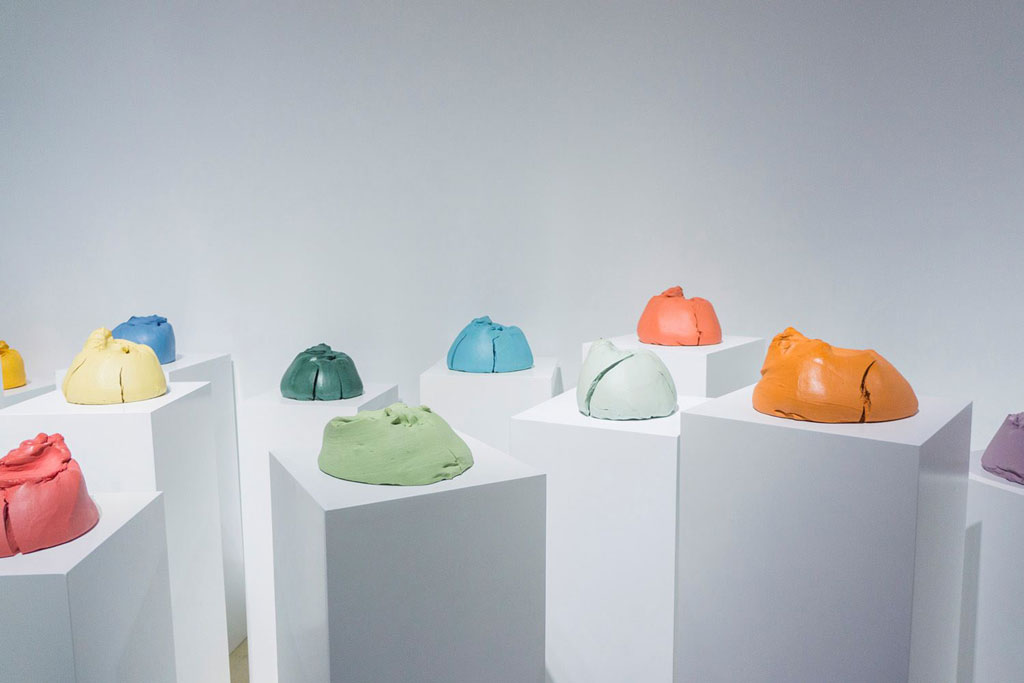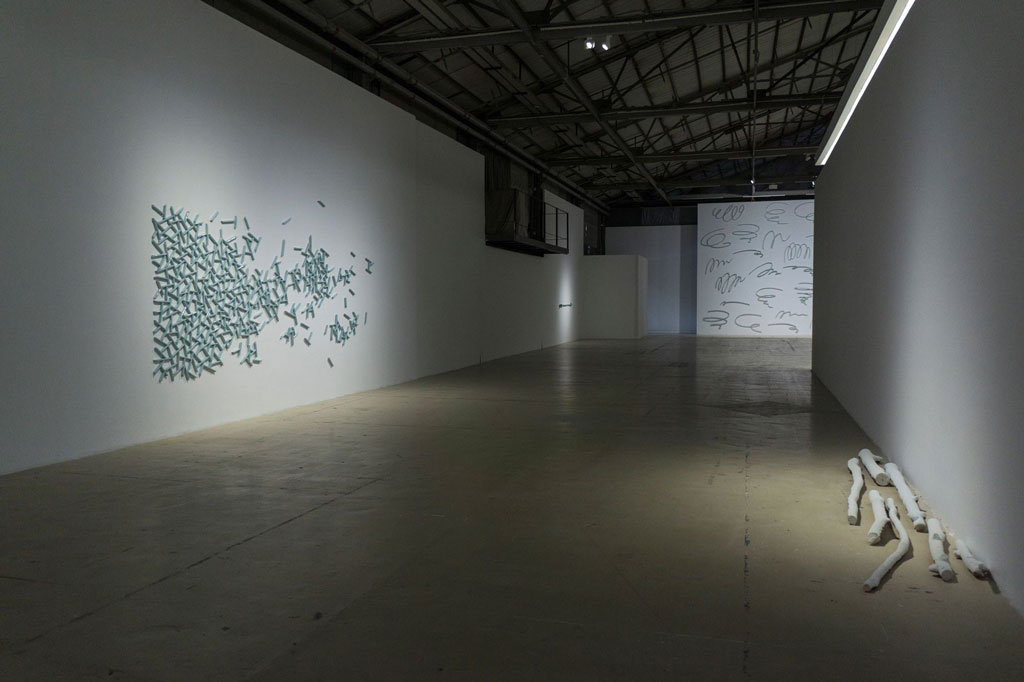ART-PRESENTATION:Liu Jianhua-1342ºC
 Liu Jianhua is experiments with comprehensive materials. Liu was raised in Ji’an, Jiangxi Province. He spent 14 years living, learning and working in Jingdezhen, a city renown for its porcelain industry. After graduating from college in 1989, and within a contemporary context, he started his own experimental practices. Liu’s porcelain and mixed media works reflect the economic and social changes in China as well as the problems that follow suit.
Liu Jianhua is experiments with comprehensive materials. Liu was raised in Ji’an, Jiangxi Province. He spent 14 years living, learning and working in Jingdezhen, a city renown for its porcelain industry. After graduating from college in 1989, and within a contemporary context, he started his own experimental practices. Liu’s porcelain and mixed media works reflect the economic and social changes in China as well as the problems that follow suit.
By Efi Michalarou
Photo: OCAT Shenzhen Archive
1342ºC is the highest temperature when firing ceramics. The exhibition title, “1342ºC”, is part of the series of case study research that has been undertaken by the OCAT Shenzhen, indicating how Liu Jianhua is working within and against the limits of “porcelain” as a medium, as well as the unpredictability of materials and firing process. This also invokes Liu Jianhua’s years of ongoing artistic experimentation with the process and results of “melting points” and relating to his active “igniting point” within the context of contemporary Chinese art. Liu Jianhua’s solo exhibition comprises the technical means and methods of porcelain firing, specific forms, his use of media and visual language, the exhibition space, and display. It is an exploration of the intrinsic logic and multidimensional realization of the relationships between tradition and the present, as well as between material and visual cultures. In Chinese traditional culture, the five elements are metal, wood, water, fire and earth, with “earth and fire” simultaneously constituting and symbolizing the material world. As specific manifestation of “earth and fire,” porcelain has always been closely related to Liu Jianhua’s experience of survival, growth and creation. Liu Jianhua’s sensitivity to, awareness of, and mastery over porcelain derive from this understanding of porcelain as elemental matter. The current solo exhibition manifests the concepts and visual turn that have characterized Liu Jianhua’s art in recent years. These works have long since escaped the exaggeration and irony of gaudy expression, and turned from his previous work in realism and sociological investigation. Although there seems no clear and realistic cultural orientation, nevertheless the traditionally shaped porcelain utensils, such as “Container”, “Filled”, “Blank Paper”, “Rope”, and “The End of 2012”. In particular, works such as “Fallen Leaves”, “Rime”, and “Sand” reveal how continuous experimentation with porcelain firing technologies transforms raw nature into true-to-life quotidian objects and primal objects, realistically and naturally combining simple, rustic details, as well as love of the material and the object’s essential charm. As far as the theme structure of the work is concerned, it is not a grand narrative, nor is it something outside our ordinary social life. It seems that form is casually bestowed, without leaving traces of cultural orientation, creating the illusion that the artist’s work is inaction, so that all that remains is delight in the texture and transformation that is porcelain art and the surprises that are caused by hands that shape and reshape the clay. In fact, these works Liu Jianhua neither intentionally pursued the glazed appearance of artifacts, nor succumbed to personalized taste. In terms of artistic expression, the inadvertent is actually a force, giving people the feeling of returning to nature and being natural.
Info: Curators: Feng Boyi and Wang Jing. OCAT Shenzhen, F2 Building, OCT-LOFT, Enping Road, Nanshan, Shenzhen, Duration: 7/12/19-7/4/20, Days & Hours: Tue-Sun 10:00-17:30, http://www.ocat.org.cn





